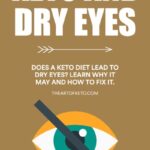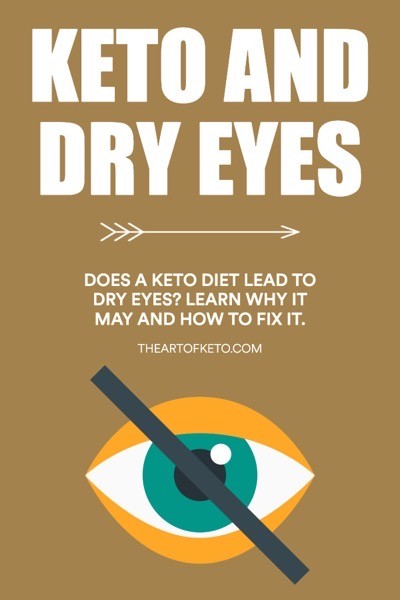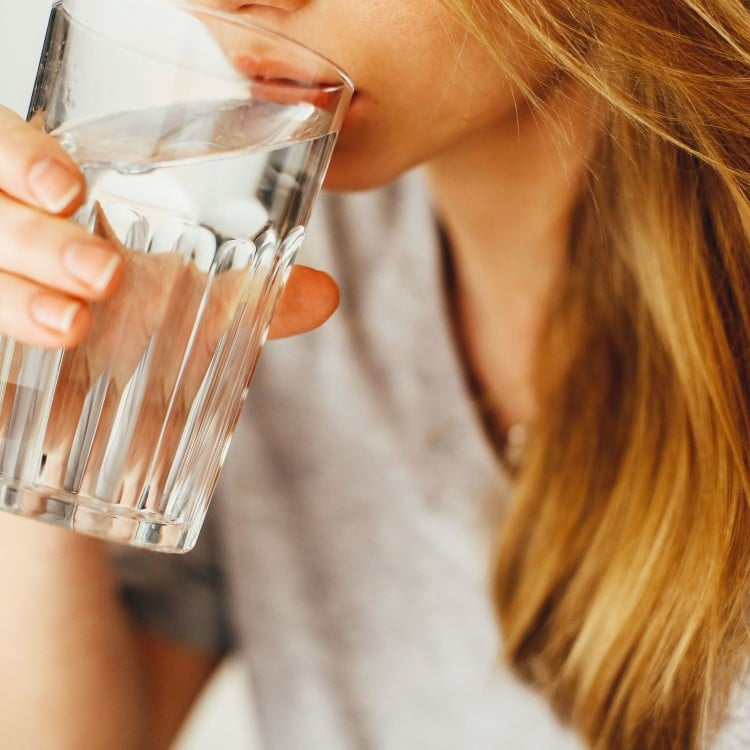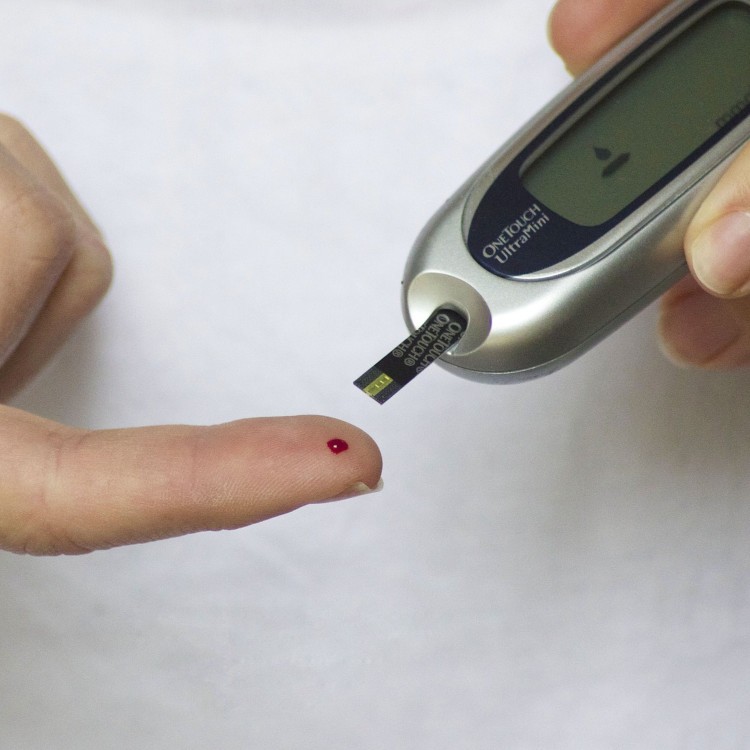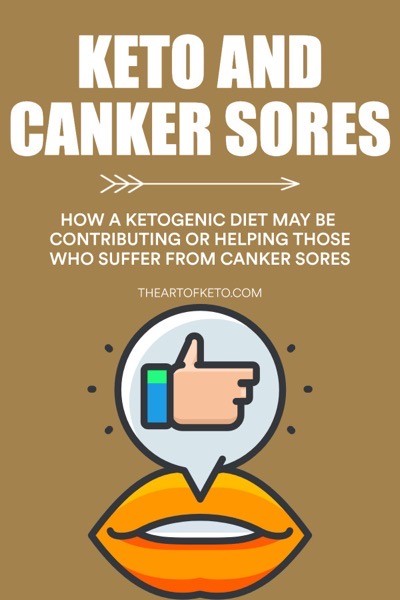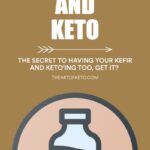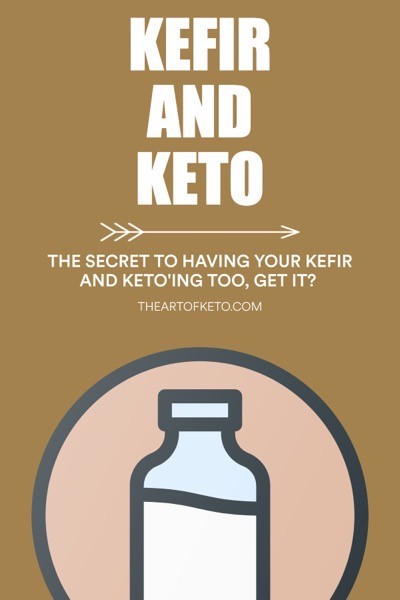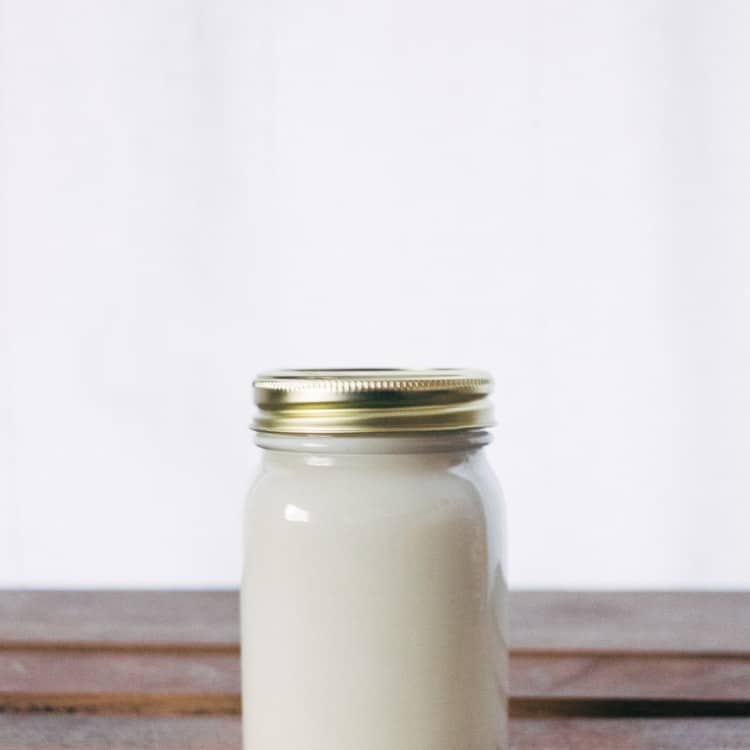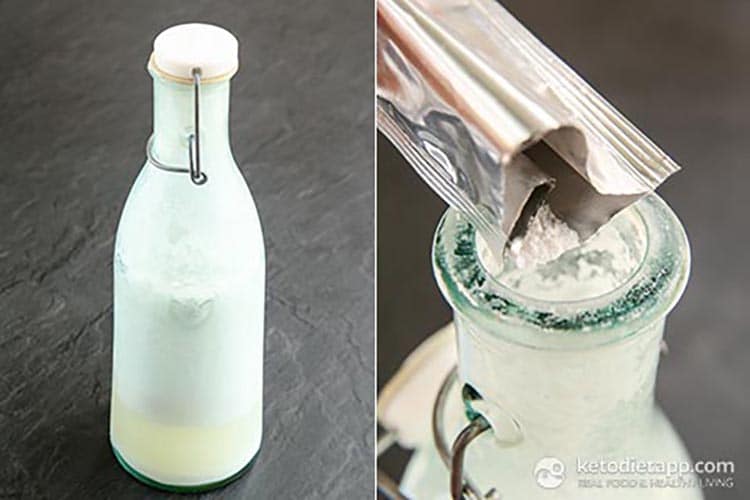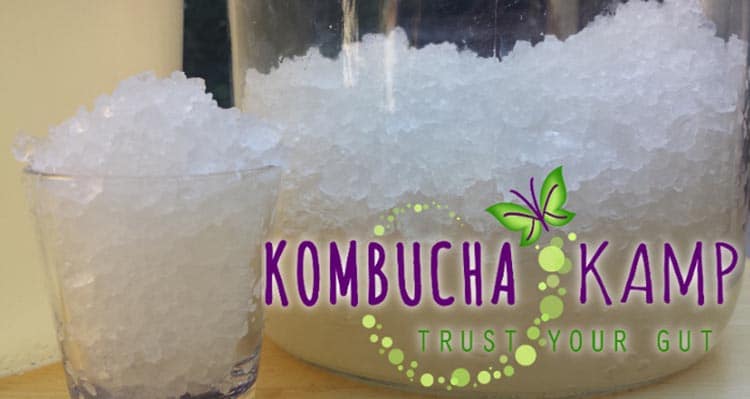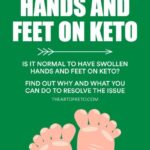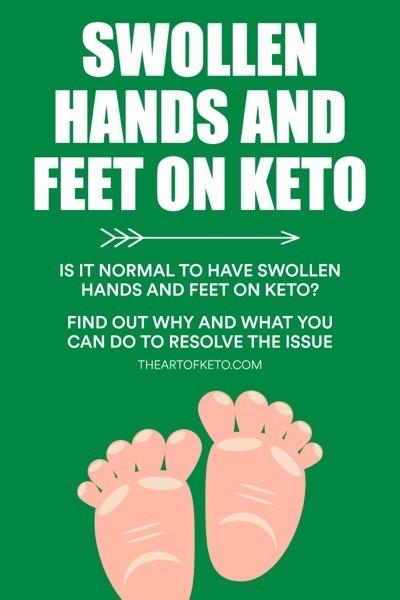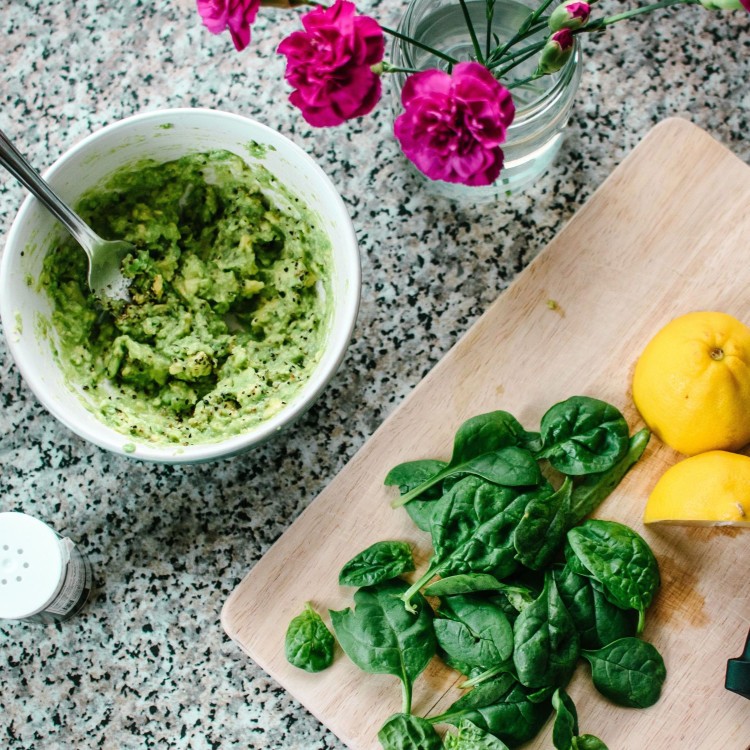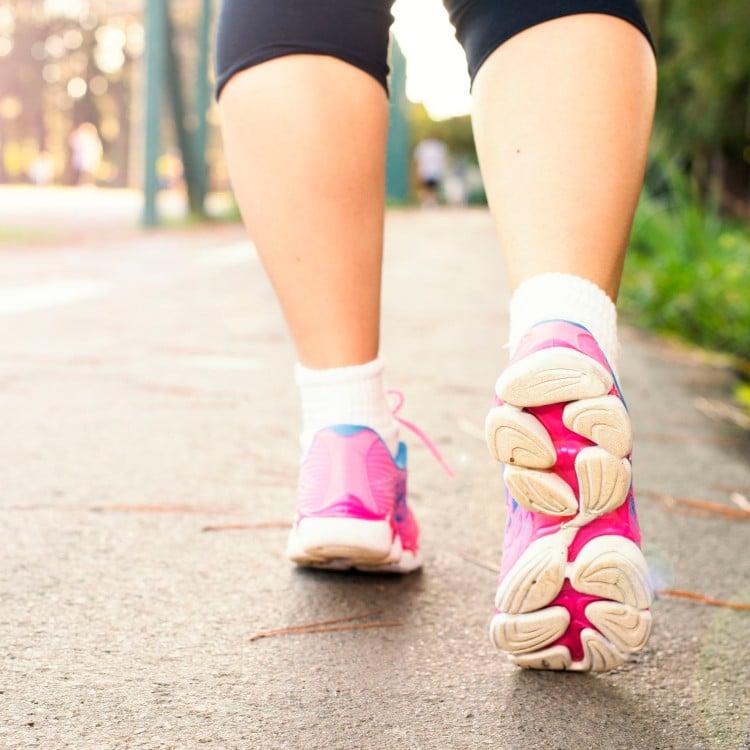Tilapia’s mild flavor, inexpensive price, and beneficial nutrient are the reason behind why it’s one of the most commonly consumed seafood types in America.
It’s widely popular in the US because of its not-so-fishy fishy flavor, but is tilapia keto-friendly?
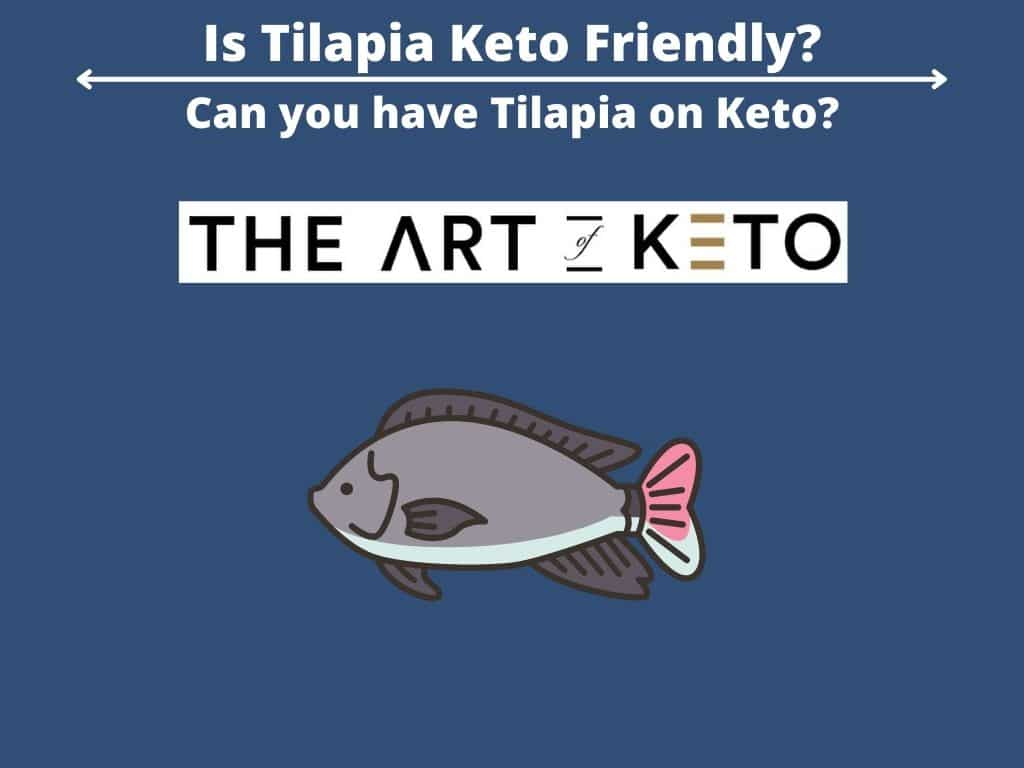
Thankfully, about 100 grams of cooked tilapia contains next to zero carbs, which makes it keto-friendly. It's relatively high in protein, vitamins, and minerals and low in calories, making healthy weight loss and health improvement through ketosis a dream come true.
However, not all kinds of cooked tilapia are keto-friendly, and there’s a lot you should know before including this fish in your keto diet.
What is a Keto Diet?
The Keto diet is a low-carb, high-fat, and high-protein diet that revolves around ketosis, a process where the body uses fat as the primary energy source in the absence of carbohydrates. Typically, the glucose or blood sugar in the body acts as the main fuel source to provide quick energy.
Carbohydrates – such as sugars and starches – are the primary source of glucose for the body. The human body breaks carbs down to glucose, uses it as the primary source of energy, and then stores the rest in the liver to be released as per requirements.
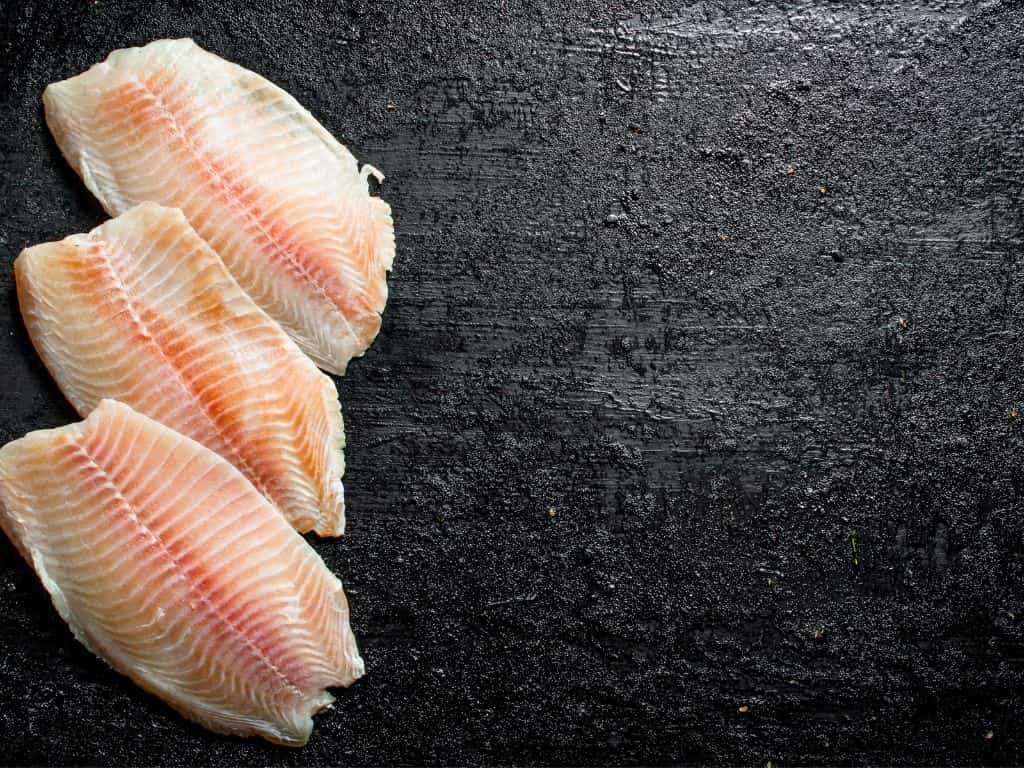
Since a keto diet limits your carb intake, the body does not have enough carbohydrates to be used as the primary energy source and thus shifts to fat after depleting its resources.
The breakdown of fat results in the production of ketones, a product that replaces carbohydrates as the main energy source for your brain and body.
The fat used to produce ketones may come from your diet, known as nutritional ketosis, or from your body’s stored fat reserves, which reduces weight.
Although the liver produces a small number of ketones on its own, a reduction in carbohydrate concentration in the body decreases insulin levels, prompting your liver to increase the production of ketones.
During ketosis, your body has high levels of ketones to provide adequate energy for proper brain functioning. Therefore, the ketogenic diet alters your body’s consumption of food. It effectively reduces your carb intake, teaching your body to use fat as fuel instead.
Most nutrient-rich foods typically deemed healthy, such as fruits, vegetables, and whole grains, contain an abundance of carbohydrates, making them unsuitable for a keto diet. The foods allowed include fat-rich options, such as cheese, eggs, butter, cream, nuts, olive oil, canola oil, and seeds.
What is Tilapia?
Tilapia refers to several kinds of freshwater fish species belonging to the cichlid family. Wild tilapia is actually native to Africa but has now been introduced all over the world through farming in more than 135 countries.
Tilapia is one of the best fish for farming since it can grow quickly in crowded areas on an inexpensive vegetarian diet. All these qualities make it a comparatively affordable option compared to other seafood.
Presently, China is the largest producer of tilapia in the world, producing more than 1.6 million metric tons annually. Despite concerns regarding farming practices, most of the Tilapia in the United States comes from China.
Nutritional Profile of Tilapia
Tilapia is abundant in protein; 3.5 ounces or 100 grams of this fish contains 26 grams of protein and merely 128 calories.
The concentration of minerals and vitamins in tilapia is also quite impressive; it is rich in vitamin B12, niacin, potassium, selenium, and phosphorus.
The following table can provide better insight into the nutritional profile of 100 grams of cooked tilapia:
| Calories | 128 |
| Protein | 26.2 grams |
| Carbs | 0 grams |
| Parts of carbs that are fiber | 0 grams |
| Fat | 2.7 grams |
| Selenium | 78% of the Daily Value |
| Vitamin B12 | 31% of the Daily Value |
| Niacin | 24% of the Daily Value |
| Phosphorus | 20% of the Daily Value |
| Potassium | 11% of the Daily Value |
Is Tilapia Keto Friendly?
Yes! Tilapia is completely keto-friendly and will not kick you out of ketosis because of its low-carb content. It is packed with vital nutrients and does not contain any non-keto ingredients that may jeopardize your ketosis.

It satisfies all the stipulations of a keto diet and is also a healthy food option to consider. One hundred grams of this fish contains about 18.8 grams of protein, making it a great option for those who wish to build muscle but lose fat on a keto diet.
Let us look at a few reasons that make tilapia keto-friendly:
Low in Net Carbs
Tilapia is very low in net carbs and thus does not harm ketosis. Limiting your daily carbohydrate intake is one of the fundamental principles of a keto diet, as consumption of too many carbs can spike your blood sugar and insulin levels, killing your ketosis by hampering ketones production.
Thankfully, the low carb count in tilapia does not pose this danger.
Natural
Tilapia is a whole food and is packed with essential minerals and vitamins that promote overall health. It is rich in potassium, fatty acids, phosphate, calcium, and magnesium.
It’s vital to consume natural foods on a keto diet as they’ll help you cut the pounds while improving your overall health.
Whole Food
Tilapia falls into the category of whole foods, which should be a staple of a healthy keto diet.
Whole foods not only promote weight loss on a keto diet but also decrease your risk of type 2 diabetes, cancer, and various cardiovascular disorders linked to the consumption of high-carb foods.
Minimally Processed
Tilapia is minimally processed and does not contain any potentially harmful ingredients such as food additives, highly refined oils, and non-keto sweeteners.
It is vital to keep the ingredients of your food and your macros count in check to attain healthy weight loss through ketosis.
Low In Healthy Fats
Despite its health benefits and keto-friendly options, tilapia is low in healthy fats. Since keto diets require a fat-rich diet, it is important to supplement your tilapia intake with fat-rich foods to provide adequate energy to your body.
You can increase your dietary consumption of this macronutrient by cooking or baking tilapia with olive or canola oil, paired with vegetables sautéed in grass-fed butter.
Read More: Is Imitation Crab Keto Friendly?
Comparing Tilapia to Other Fish
If you are looking for the best fish, this comparison can help you determine its position against three of the most popular options.

Salmon
3 oz of cooked salmon contains 131 calories, 4 grams of fat, and 22 grams of protein. The primary difference between salmon and tilapia comes in their fat content; the former contains nearly three times more fat than the latter.
Since salmon is a fatty fish, it also contains 500 to 1500 milligrams of omega-3 fatty acids in each portion which contributes to its heart healthiness. Tilapia, in contrast, contains less than 200 milligrams.
Cod
Cod can easily be substituted for Tilapia, both fish boast a similar flaky white meat. A 3 oz piece of cooked cod contains 89 calories, 19 grams of protein, and less than 1 gram of fat. Cod and tilapia both contain relatively similar amounts of omega-3 fatty acids: less than 200 mg in each 3-oz portion.
Tuna
A 3 oz can of tuna has a nutritional profile comparable to that of tilapia, with 109 calories, 20 grams of protein, and 2.5 grams of fat. However, it possesses considerably more omega-3 fatty acids than tilapia.
For reference:
- Wild bluefin tuna contains around 1,000 to 1,500 milligrams of omega-3 fatty acids
- Canned white albacore tuna contains between 500 to 1,000 milligrams
- Wild skipjack tuna and canned light tuna contain around 200 to 500 milligrams.
Read More: Is Tuna in Oil Keto Friendly?
Health Benefits of Tilapia
Tilapia is an excellent source of vitamins, minerals, and low-fat protein, with 2 grams of total fat and 1 gram of saturated fat.
Since the American Heart Association recommends the consumption of fatty fish with higher omega-3 acids to decrease the risk of cardiovascular diseases, it’s important to consume this fish twice a week. This is especially true if you replace high saturated-fat foods with tilapia, such as processed or red meats.
Tilapia contains a wide array of nutrients and can act as a lean protein source for your diet.
How To Cook Tilapia?
Tilapia is a considerably tasty fish, especially when prepared with a number of seasonings and spices. Not only is it a versatile fish, but it’s also very easy to prepare. Here are a few ways you can bring tilapia to your table in a flash:
Steaming
You can steam tilapia with a bunch of vegetables to make a tasty, keto-friendly meal option. All you need to do is wrap it in a foil packet and heat it in the oven for twenty minutes at 425 degrees Fahrenheit or grill it for five minutes.
Searing
Thoroughly rinse your fish and dry it by patting it with paper towels. Season it with salt, and cook on a hot, oiled skillet for around two minutes on each side.
Baking
Heat your oven to 425 degrees Fahrenheit and bake your fish uncovered for about 20 to 25 minutes.
Keto Friendly, Low-Carb Baked Tilapia Recipe
Let us look at an easy, keto-friendly recipe for baked tilapia that you can easily make at home!
Ingredients:
| Mayonnaise | ½ cup |
| Garlic | 1 teaspoon (crushed) |
| Onion powder | ¼ teaspoon |
| Salt | ¼ teaspoon |
| Pepper | ⅛ teaspoon |
| Thyme | ¼ teaspoon |
| Basil | ¼ teaspoon |
| Parmesan cheese or Asiago cheese | ½ cup (grated) |
| Tilapia fish filets or loins | 6 |
Recipe
- Preheat your oven to 350 degrees Fahrenheit.
- Take a baking dish or cookie sheet and grease it with cooking spray. Put your tilapia fish filets into the dish and remove the extra moisture by dabbing them with a paper towel. This helps the mixture to stick to the fish better.
- Take a small bowl and mix all the other ingredients mentioned above together. Spread the mixture evenly over the filets.
- Bake the fish for 15 to 20 minutes or until it turns flaky. If you use tilapia filets, 15 minutes in the oven is enough. However, the loins would take more time. You can also broil the fish for two to three minutes to make it more brown on the top.
- Take the fish out of the oven and serve it hot! This delicious low-carb dish contains 341 calories and 1.7 grams of carbohydrates.
Summing Up
Tilapia is one of the best protein-rich fish options you can enjoy on a keto diet. Not only is it low in carbs and rich in fats and protein, but it is also packed with vital nutrients and minerals that make it suitable for healthy weight loss and improvement in health. Now that you know the answer to “Is tilapia keto-friendly?”, it is time you add it to your cart the next time you go keto shopping and come back for more interesting tips on how to make your keto diet healthy, nutritious, and delicious, all at the same time.

